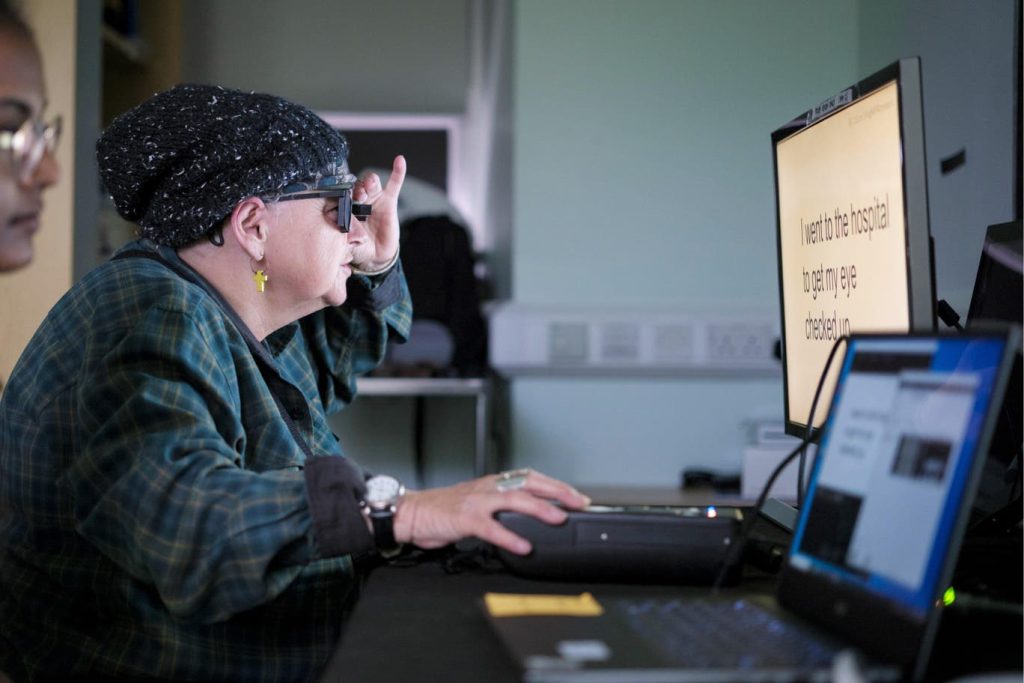A Wiltshire woman who lost her sight to age-related macular degeneration has regained the ability to read after undergoing a pioneering bionic eye implant surgery led by doctors at Moorfields Eye Hospital in London.
Sheila Irvine was one of 38 patients from five countries to take part in a world-first clinical trial testing the Prima device, a 2mm by 2mm implant designed to restore vision in people living with geographic atrophy, the advanced form of dry age-related macular degeneration (AMD).
The procedure, which took place around three years ago, involved placing the microchip beneath the retina, the light-sensitive layer at the back of the eye. Patients were then equipped with augmented-reality glasses containing a video camera.
Read Also: Health ministry urges Nigerians to promote eye health in their communities
The device captures visual information and sends it to a pocket computer, where artificial intelligence converts the data into electrical signals that are transmitted to the optic nerve and interpreted by the brain.
Ms Irvine, who once described herself as an “avid bookworm”, said she joined the trial to help others facing the same condition.
“Before receiving the implant, it was like having two black discs in my eyes, with the outside distorted,” she said. “I was an avid reader, and I wanted that back.”
Following the surgery, which took place in 2022, the implant was activated a month later, and Ms Irvine began intensive rehabilitation to help her brain interpret the new signals. She can now read her prescriptions, do crosswords and even make out the tiny print on tins.
“It’s a new way of looking through your eyes,” she said. “It’s not simple learning to read again, but the more hours you put in, the more you pick up. It’s made a big difference — reading takes you into another world.”
The Prima device, developed by US-based medtech company Science Corporation, electronically bypasses damaged retinal cells to deliver visual signals directly to the brain.
Results published in The New England Journal of Medicine show that 84 per cent of participants were able to read letters, numbers and words with the implant. Some could read up to five lines on a vision chart — a significant improvement for those who previously could not see it at all.
Mahi Muqit, senior vitreoretinal consultant at Moorfields Eye Hospital and the UCL Institute of Ophthalmology, described the innovation as a “paradigm shift” in treating blindness caused by AMD.
“These are elderly patients who were no longer able to read, write or recognise faces,” he said. “They’ve gone from living in darkness to being able to use their vision again. It’s life-changing technology.”
The developers are now seeking regulatory approval, raising hopes that the device could one day be made available through the NHS.
Despite her long battle with sight loss, Ms Irvine said she remains determined to live life to the fullest.
“I cried all day long when I sent my driving licence back over 15 years ago, but then I said to myself,” she said. “I’ve got lots of friends, and I socialise quite a bit; we catch up at the pub.



